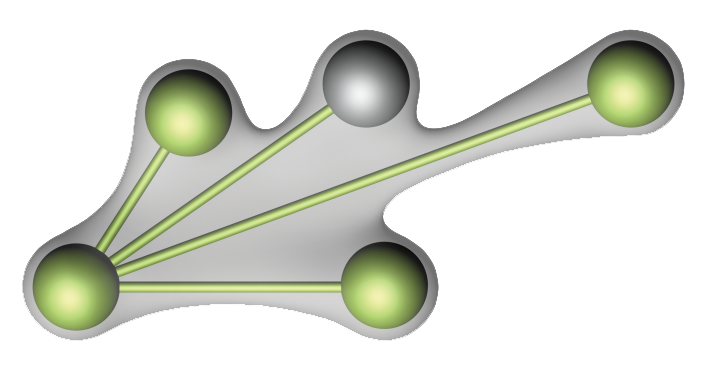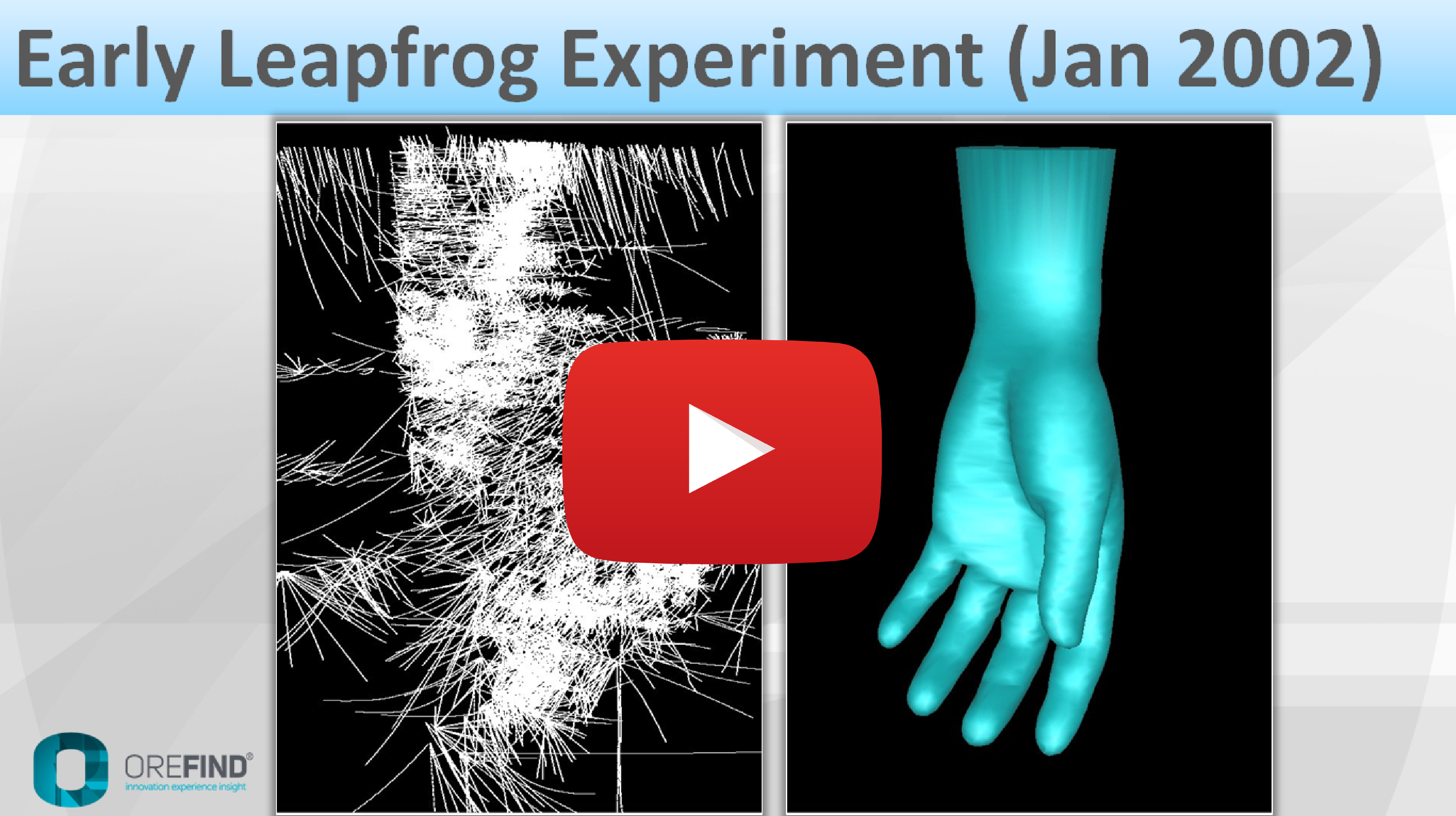The following is an abstract of a BBQ lunch talk that I will give at MineSpace in West Perth, Australia at 12PM Friday 24 July, 2015. If you would like to attend, please click on this link to register, as spaces are limited. Free food an drinks provided prior to talk. Hope to see you there! Jun Cowan
Conceptualising Leapfrog - how to think differently in exploration
Since its initial release in late 2003, Leapfrog implicit modelling software has become well-known (in some circles, infamous) to geologists working in mining and exploration companies. More than a decade after it was conceived (Cowan et al., 2002, 2003), the implicit modelling method represents a paradigm shift in geological modelling—models that took months to build can now be built in hours. Recent acknowledgement in the AusIMM Bulletin by Glacken (2015) illustrates how much Leapfrog and implicit modelling has been accepted by the mainstream mining and exploration industry.

However, the path to acceptance of the software by the mining and exploration industry was steep, mainly due to the unfamiliar way that geological models are constructed with Leapfrog. This talk is not a developmental history of Leapfrog, but a discussion of the types of questions that I asked that led to the development of Leapfrog. What types of questions should geologists be asking that might lead to the development of breakthrough technologies or allow us to develop new exploration approaches that we can test?
Leapfrog software was developed from asking a naive question (in reality, one of several) that few geologists dared ask in 2001. This was:
"Why do geologists digitise polylines in parallel sections to model 3D shapes?"
The answers were variously:
"This is how all mining software products work, and we've always done it this way since the days of paper and pen drawings." (appeal to tradition – see Wikipedia contributors, 2015a), or
"Everyone else is doing it all over the world." (appeal to the majority view).
Neither of these answers were a serious barrier to developing a new modelling method. Once Leapfrog was developed and accepted by the industry, my original question seems like an obvious question to have asked, yet this conclusion is reached only with the luxury of hindsight. The question was not obvious when conceptualising Leapfrog, but without it being asked, the solution may never have been developed. In fact, in assessing the patentability of any invention, one of the key requirements is the non-obviousness of the invention (Wikipedia contributors, 2015b). Therefore, to come up with a non-obvious solution, we must first ask a non-obvious question.
Coming up with a relevant question is difficult because there are real biases that prevent geologists from formulating them. These include:
- An unknown hidden bias that prevents the observer from recognising the critical problem.
- An overreliance by the industry on academics approving any invention or theoretical construct provided by industry insiders.
This talk (video link below) will illustrate several astonishing biases that exist in the geological community of the mining and exploration industry. Being aware of these biases is the first step towards asking a non-obvious question that leads to critical inventions and discoveries.
 PowerPoint presentation of the talk
PowerPoint presentation of the talk References
Cowan, E.J., Beatson, R.K., Fright, W.R., McLennan, T.J. and Mitchell, T.J., 2002.
Rapid Geological Modelling, in Applied Structural Geology for Mineral Exploration and Mining International Symposium Abstract Volume (Ed. S. Vearncombe) Australian Institute of Geoscientists Bulletin, 36: 39-4. Proceedings of the International Structural Conference held in Kalgoorlie Western Australia, 23–25 September 2002.
Cowan, E.J., Beatson, R.K., Ross, H.J., Fright, W.R., McLennan, T.J., Evans, T.R., Carr, J.C., Lane, R.G., Bright, D.V., Gillman, A.J., Oshust, P.A. and Titley, M., 2003.
Practical Implicit Geological Modelling, in Fifth International Mining Geology Conference Proceedings (ed: S. Dominy). AusIMM Publication Series No. 8/2003, p 89–99.
Glackan, I., 2015.
New directions in geology modelling and orebody evaluation. AusIMM Bulletin (June, 2015).
Wikipedia contributors, 2015a.
List of fallacies, Wikipedia, The Free Encyclopedia.
Wikipedia contributors, 2015b.
Inventive step and non-obviousness, Wikipedia, The Free Encyclopedia.